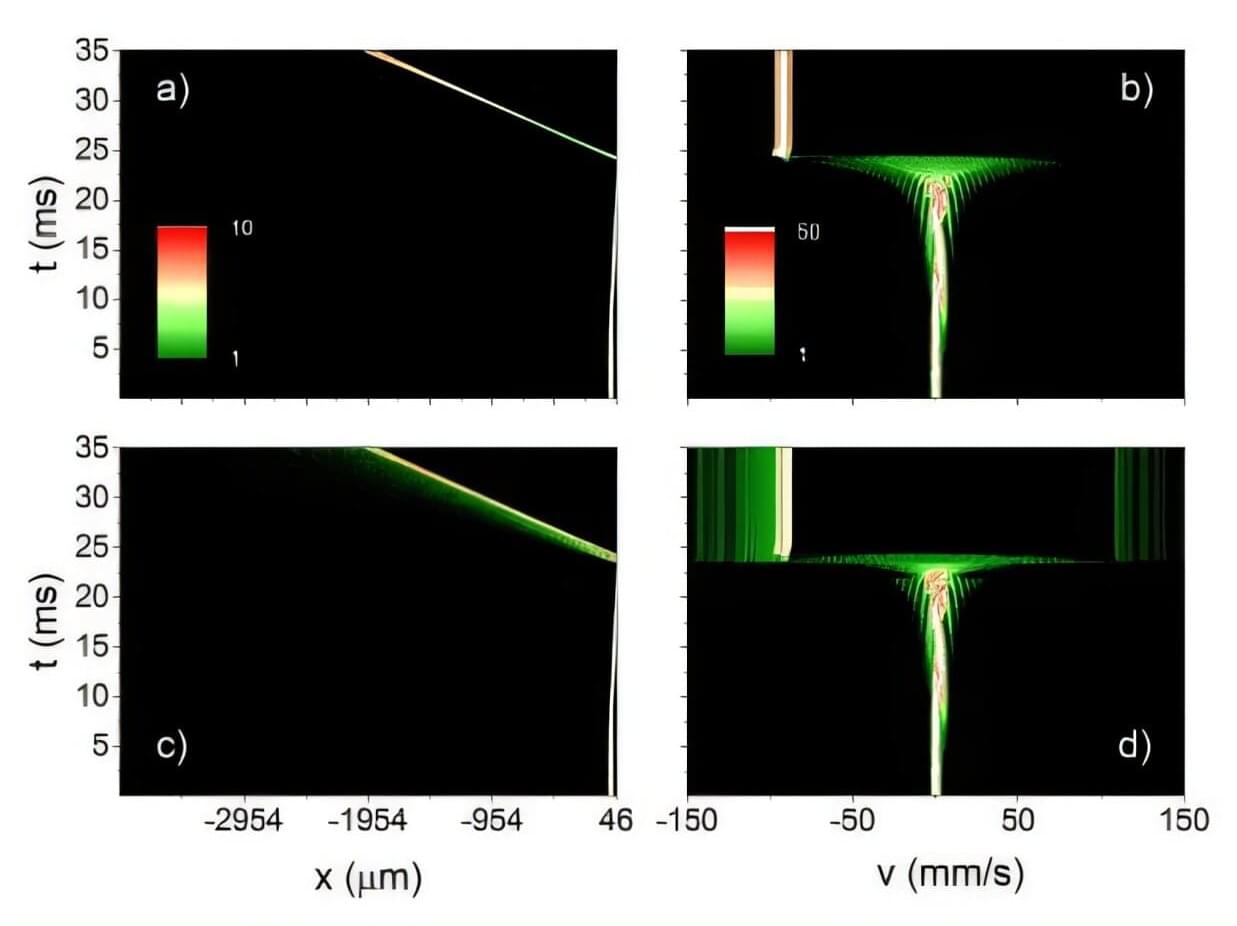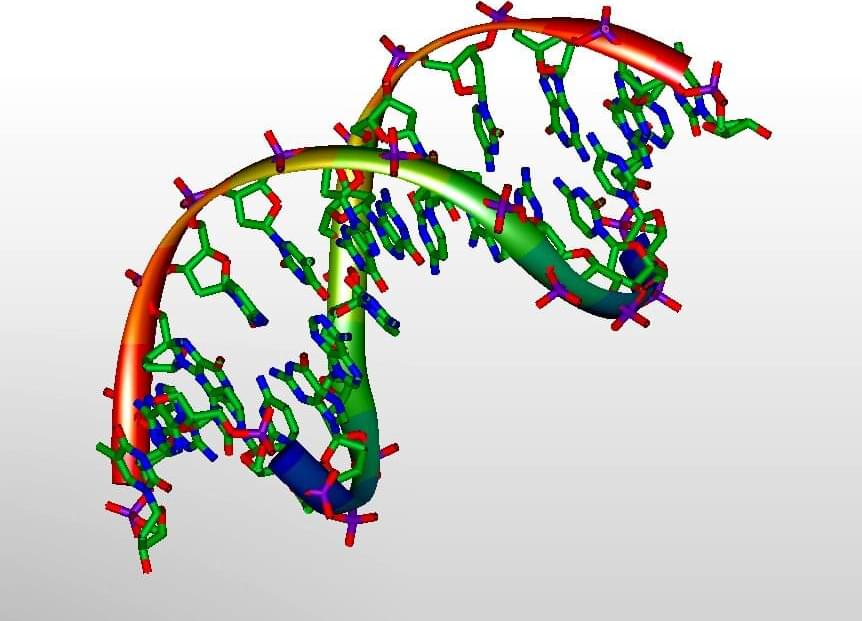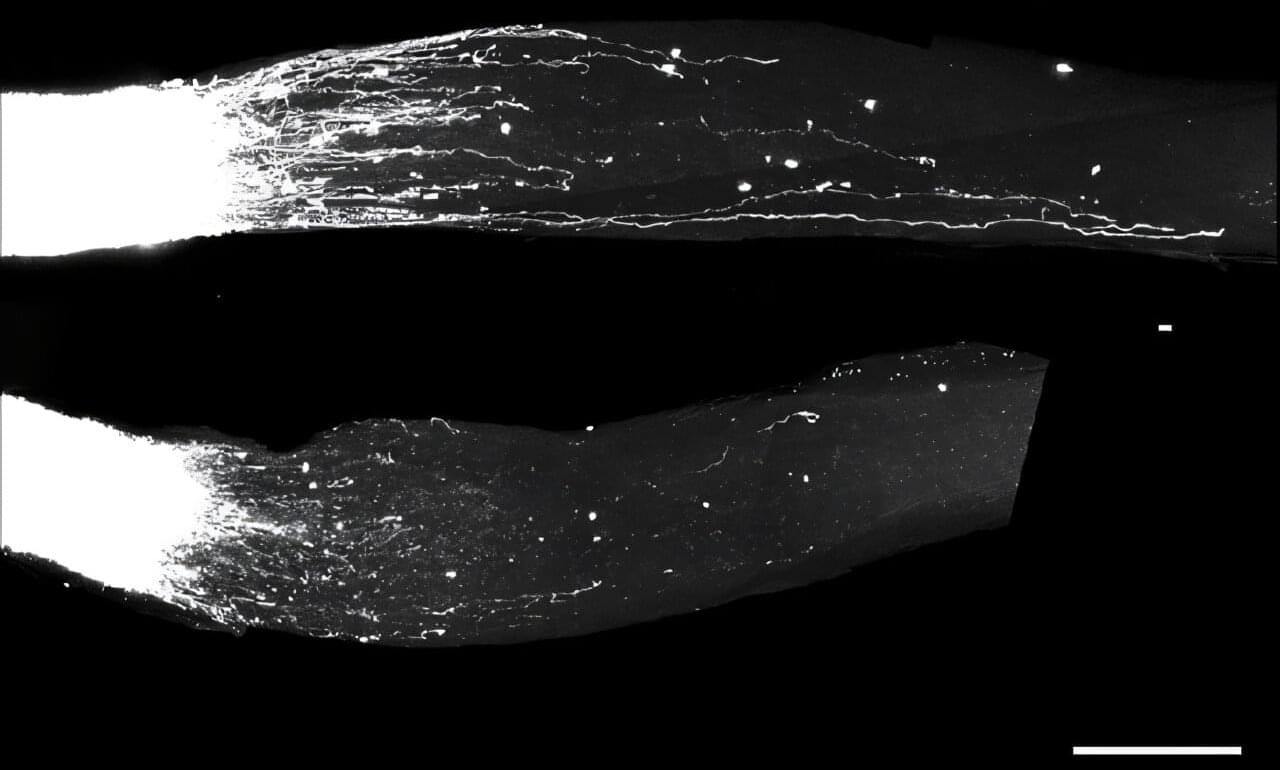The uterine cervix plays an essential role in regulating fertility, maintaining pregnancy, remodeling in preparation for parturition, and protecting the reproductive tract from infection. A compromise in cervical function contributes to adverse clinical outcomes. Understanding molecular events that drive the multifunctional and temporally defined roles of the cervix is necessary to effectively treat infertility, reproductive tract infections, preterm birth, labor dystocia, and cervical cancer. The application of single-cell technologies to study cervical pathophysiology, while in its infancy, underscores the potential of these approaches in developing clinically relevant biomarkers of disease and preventative therapies.







